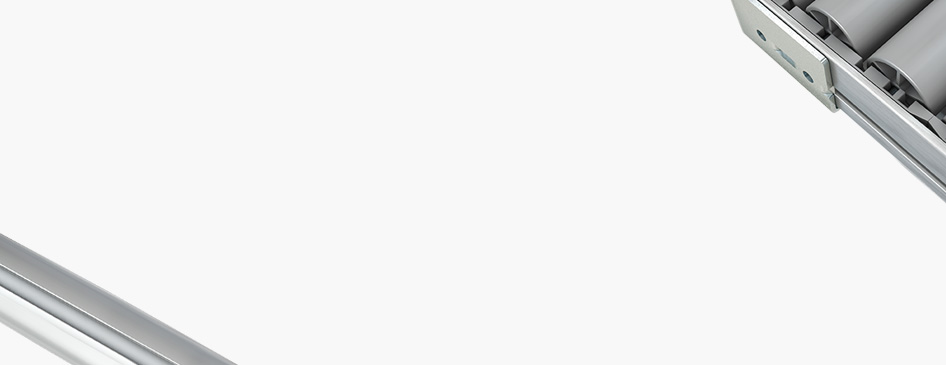
Choose one
or multiple languages
0,1,1
- German
- English
- Chinese
- Spanish
Abrasive wear
Abrasive wear or abrasion refers to Material loss caused, among other things, by the mechanical action of one Friction partner on another or by a flowing medium. It is also called scoring wear. The particles that become detached from the material during this process are called rubbings.
During abrasive wear, the roughness peaks of one friction partner penetrate the surface layers of the other. Alternatively, hard particles from an intermediary (lubricant) penetrate the surface layers of both friction partners. This results in microchipping, scratching or scoring.
To prevent abrasion, it should be ensured at the Design stage that an appropriate combination of materials is used. Metals are less susceptible to abrasive Wear when combined with Ceramics or Plastics rather than another metal. However, erosive wear can also be reduced when metallic friction partners exhibit a favourable Strength-to-Toughness ratio. Wear caused by rubbings in the Lubricant is prevented by using appropriate filter technology, performing regular checks and replacing the lubricant.
Hydro-abrasion is abrasive wear caused by solids transported in a flowing liquid. This type of abrasion is particularly prevalent in pipework, pumps and agitators for suspensions that contain solids.
Abrasiver Verschleiß
Als abrasiver Verschleiß oder Abrasion wird Materialverlust bezeichnet, der u. a. durch mechanische Einwirkung eines Reibungspartners auf den anderen oder durch ein strömendes Medium entsteht. Er wird auch Furchverschleiß genannt. Partikel, die dabei aus dem Werkstoff gelöst werden, heißen Abrieb.
Beim abrasiven Verschleiß dringen die Rauheitsspitzen eines Reibpartners in die Randschichten des anderen oder aber harte Teilchen aus einem Zwischenstoff (Schmierstoff) in die Randschichten der Reibpartner ein. Dabei kommt es zu Mikrozerspanungen, Ritzungen oder Riefenbildung.
Um Abrasion vorzubeugen, sollte bei der Konstruktion auf eine geeignete Werkstoffkombination geachtet werden: Weniger empfindlich gegenüber abrasivem Verschleiß als metallische Werkstoffpaarungen sind Paarungen von Metallen mit Keramiken oder Kunststoffen. Erosionsverschleiß lässt sich jedoch auch geringer, wenn metallische Reibpartner ein günstiges Verhältnis von Festigkeit und Zähigkeit aufweisen. Verschleiß durch Abrieb im Schmierstoff wird durch entsprechende Filtertechnik, regelmäßige Kontrolle und Schmierstofftausch verhindert.
Hydroabrasion ist abrasiver Verschleiß durch mitgeführte Feststoffe in einer strömenden Flüssigkeit. Rohrleitungen, Pumpen oder auch Rührwerke für feststoffhaltige Suspensionen sind davon besonders betroffen.
磨粒磨损
磨粒磨损或磨耗是指由于和其他物质发生摩擦或与流动介质的机械行为而导致的材料损耗。也称划伤磨损。磨损过程中与材料分离的物质被称为磨屑。
磨粒磨损期间,摩擦物体表面粗糙的尖峰穿透另一物体的表层。还有一种情况,中介物(润滑剂)的坚硬颗粒刺穿相互摩擦的两个物体的表层。这会导致微缺口,刮痕或划伤。
为了防止磨耗,在设计阶段应确保使用适当的材料组合。金属与陶瓷或塑料组合,相比于与另一种金属组合,较不容易受到磨粒磨损。不过,如果另一种金属摩擦材料具有合适的强度-韧性比值,也可以降低腐蚀磨损。还可以通过合适的过滤技术、定期检查和更换润滑剂降低由润滑剂中的磨屑引起的磨损。
流体磨损是由于固体在流动液体中移动造成的磨损。这种类型的磨损在包含固体悬浮粒的管道、泵和搅拌器中尤为普遍。
